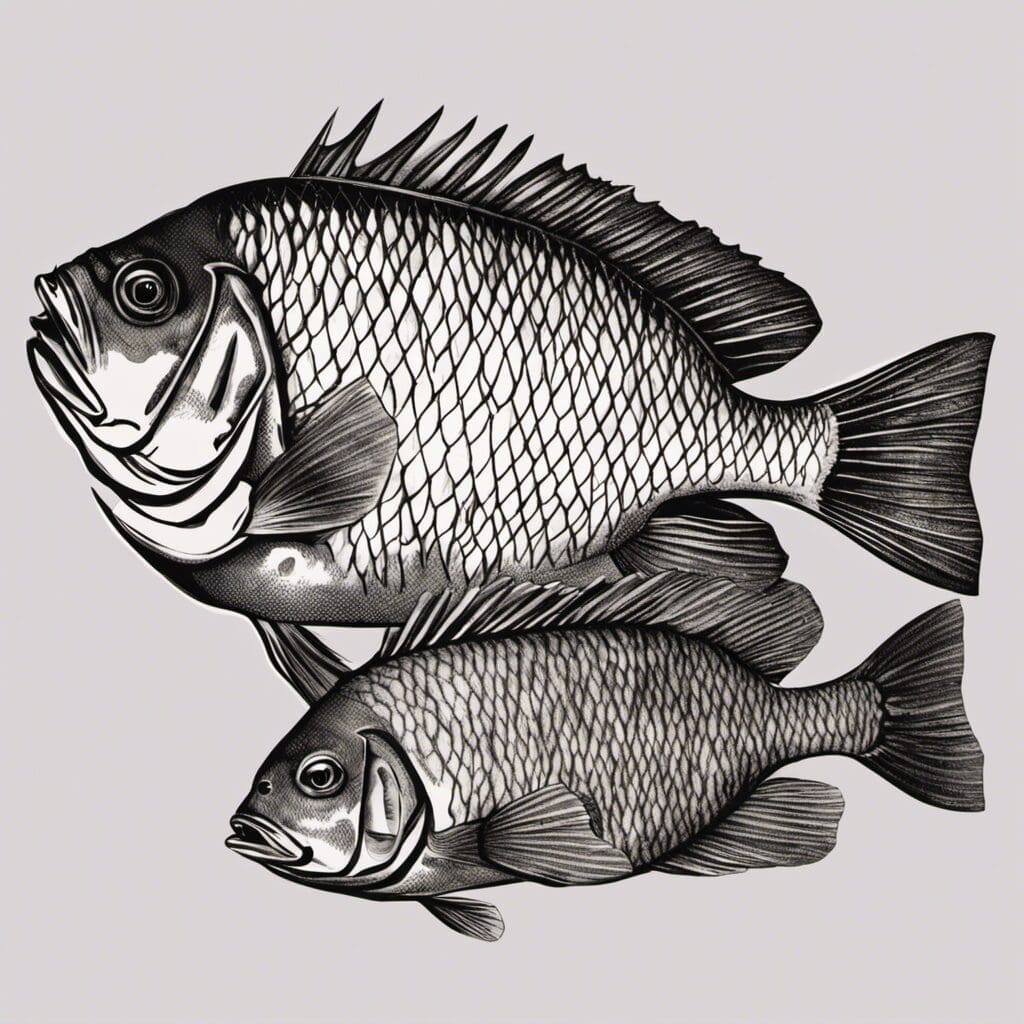Introduction
The Mozambique Tilapia, scientifically known as Oreochromis mossambicus, is a popular species of fish in the cichlid family. It’s widely distributed across many parts of the world mainly due to its hardiness and adaptability.
Conservation Status
Currently, Mozambique Tilapia isn’t listed on any endangered or threatened species lists. Due to its high adaptability and reproduction rates, Mozambique Tilapia is even considered an invasive species in certain parts of the world. Therefore, conservation efforts are relatively low, focusing more on controlling their populations in non-native habitats.
Statistics
- Average Length:
- 35cm
- Length Range:
- 20-45 cm
- Average Weight:
- NA
- Weight Range:
- NA
- Average Lifespan:
- Approximately 11 years
Distribution
Originally native to Southern Africa, Mozambique Tilapia are now found in various regions around the world including India, Sri Lanka, Indonesia, the United States, and others. They are widely spread due to the aquaculture industry and are now also found in many freshwater and brackish systems globally. They do not exhibit any labeled migration patterns.
Habitats
Mozambique Tilapia thrive in a variety of water types including brackish estuaries and freshwater habitats. They are adaptable to various environments but prefer warm, slow-moving waters. They generally reside in shallow waters and can tolerate a range of temperatures.
When and Where to See
Despite their highly adaptable nature, Mozambique Tilapia prefer temperatures around 22°C-30°C. Active throughout the year, these fish are mostly seen in the daylight hours.
Best Fishing Locations
| S.No | Location |
|---|---|
| 1 | South Florida, USA |
| 2 | Nile River, Egypt |
| 3 | Lake Victoria, Africa |
| 4 | Lake Kariba, Zimbabwe |
| 5 | Lake Malawi, Africa |
For fishing Mozambique Tilapia, look for warm, slow-moving waters during daylight hours.
How to Catch
Mozambique Tilapia are omnivorous and can be caught using various types of bait like worms, insects, and algae. Light tackle fishing methods are generally effective.
Identification Guide
Mozambique Tilapia typically have a uniform dark grey or black color throughout their body. Males often have a pink or orange hue along their throat and belly.
Culinary
Mozambique Tilapia has a mild taste and white color when cooked. It’s typically grilled or fried and served with a variety of sauces. Regarding nutritional information, it is a good source of protein and contains essential vitamins and minerals.
Additional Information
Mozambique Tilapia are known for their high reproductive rates and aggressive territorial behaviors. They feed on various food resources, including algae, insects, small fish, and detritus. Their main predators are large fish species and birds. Culturally, they hold importance in many communities where they are farmed for food.
References and Further Reading
- CABI – Oreochromis mossambicus (Mozambique Tilapia)
- FishBase – Oreochromis mossambicus
- Aquarium Domain – Mozambique Tilapia

